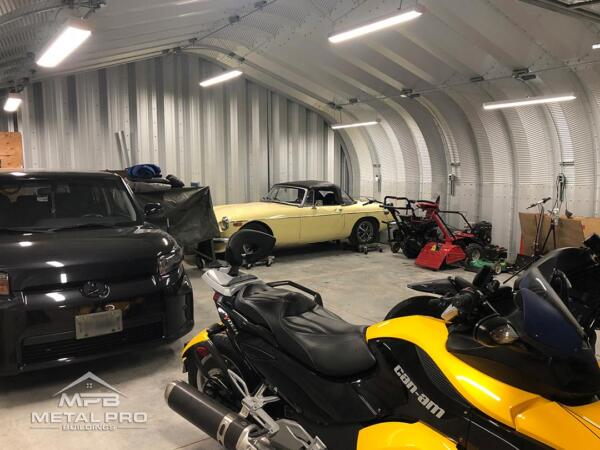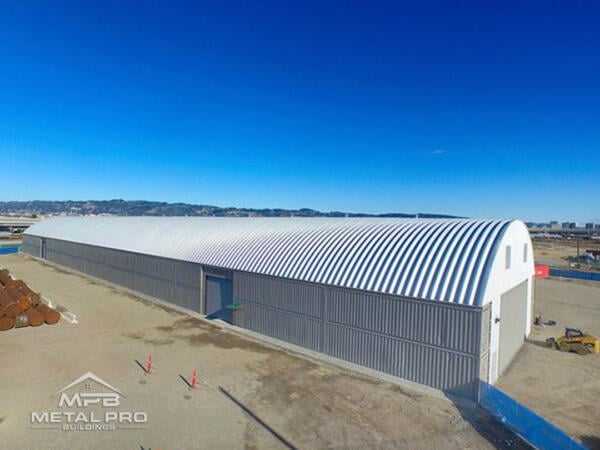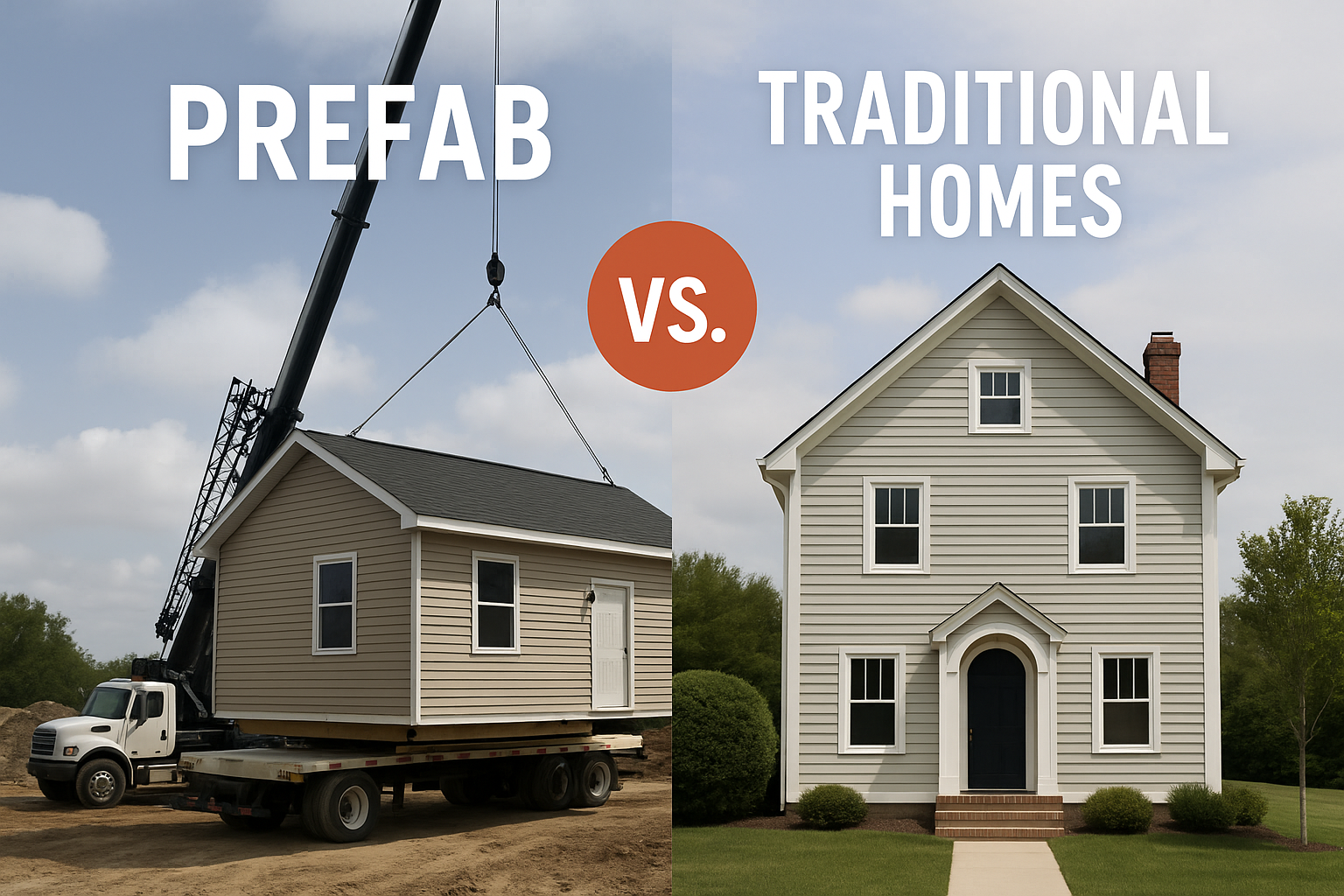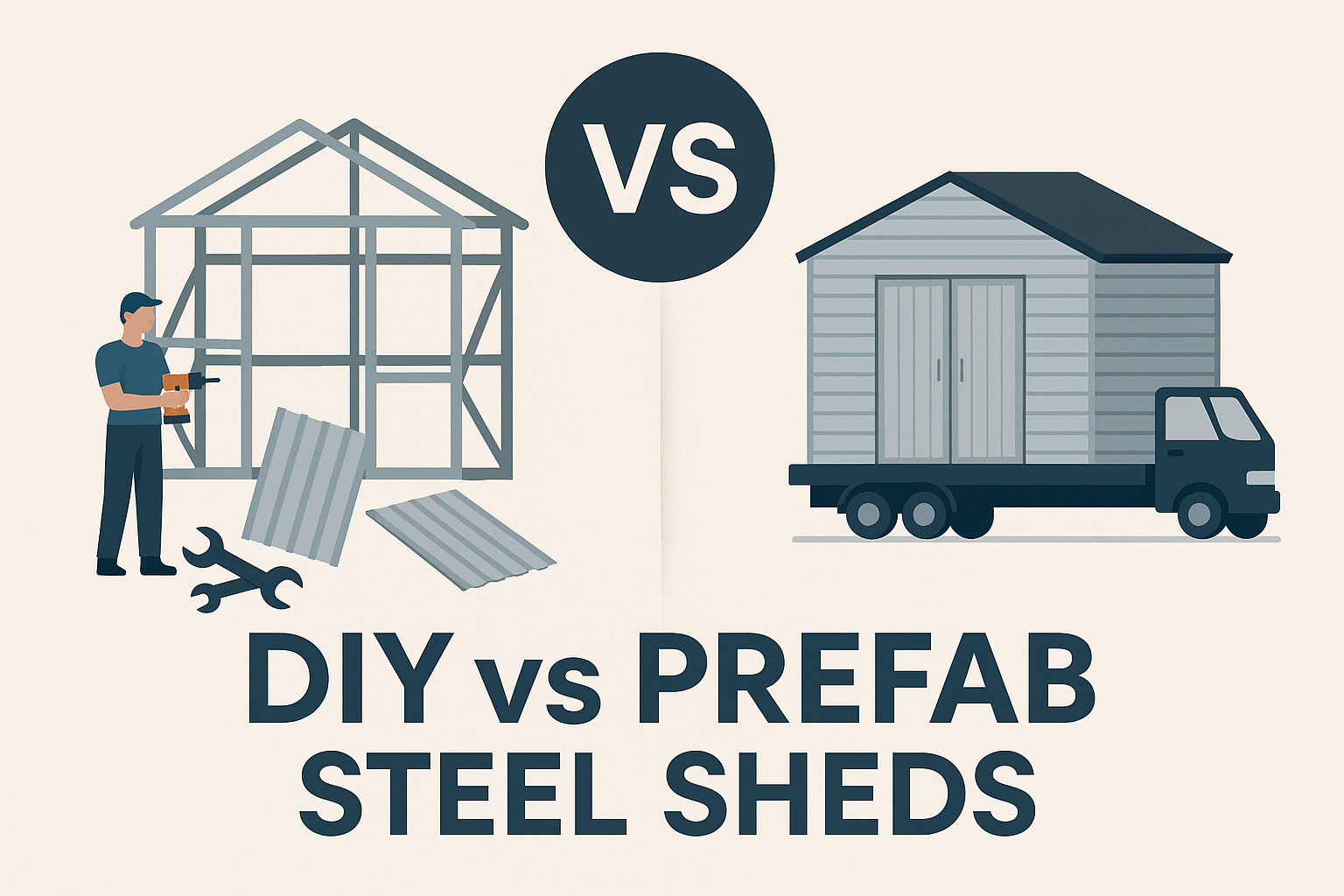A Quonset hut is a lightweight prefabricated structure made of corrugated galvanized steel featuring a semi-cylindrical shape. The design was developed in the United States, inspired by the British Nissen hut from World War I.
Mass production occurred during World War II, and military surplus was sold to the public. The name “Quonset” originates from the site of their initial deployment at Quonset Point at the Davisville Naval Construction Battalion Center in Rhode Island.
The Quonset hut, with its arched steel ribs made from two deformed steel sections tack-welded together, featured a unique design allowing for easy assembling using conventional fasteners. When it was disassembled, it was lighter and less bulky than the canvas tents with wood frames it replaced. Its portability and quick assembly by a small crew, using only hand tools, made it indispensable, serving as the standard military utility building across all regions and climates, from the Greenland icecap to the South Pacific.
What is the origin of the Quonset Hut?
The first Quonset huts were manufactured in 1941 to fulfill a crucial need of the United States Navy. They needed a versatile and lightweight structure that could easily be transported and assembled without skilled labour. The first was produced by the George A. Fuller construction company within 60 days of signing the contract.
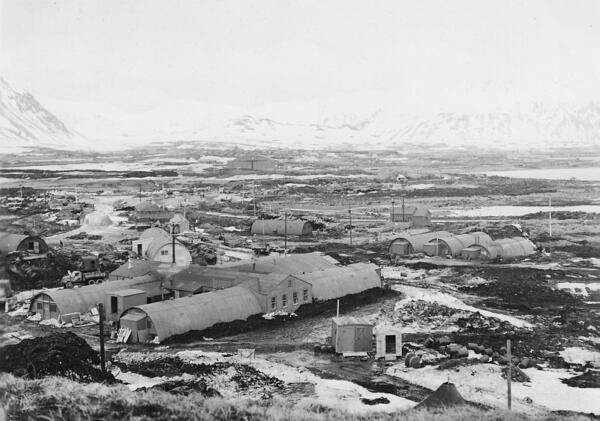
Quonset huts at a US base in Aleutian Islands, Alaska from The Vintage News.
The initial design was a 16 by 36 foot structure framed with steel members with an 8 foot radius. The most common design was a standard size of 20 by 48 feet with a 16 foot radius. This allowed for 960 square feet of floor space with an optional 4 feet overhang at each end to provide weather protection for entrances. Other sizes were developed such as the 20 by 40 foot and 40 by 100 foot warehouse models.
It was constructed with corrugated steel sheets on the sides, and the two ends were covered with plywood, which included doors and windows. The interior was insulated, had a pressed wood lining, and a wood floor. Placement options for the building included on pilings, on concrete, or directly on the ground with a wood floor. Low-grade steel was used initially, but was replaced by a more rust-resistant version. The flexible interior space was open, serving as latrines, housing, barracks, bakeries, isolation wards, and medical and dental offices.
Approximately 150,000 to 170,000 Quonset huts were manufactured during World War II. The military sold its surplus to the public after the war. At the end of the war, the return of servicemen and high demand, led to a desperate housing shortage. The government estimated that there was a need for an additional 3.5 million homes in 1946. So the Quonset hut played a crucial role once more, as surplus units were sold to veterans at a low price.
The War Assets Administration organized a sale at Port Hueneme, offering 811 Quonset huts to World War II veterans. On the first day, 75% of the huts were claimed by 600 veterans. But, those who purchased them faced the challenge of transporting it from Port Hueneme to the land on which they intended to live. The huts weighed approximately six tons each and could be shipped disassembled via rail at a price 32 cents per hundred pounds or at a discounted price of 10.5 cents per hundred pounds if six veterans pooled in together.
In 1946, the Great Lakes Steel Corporation claimed the term “Quonset,” as applied to builders and building materials, but it has since become commonly used as a generic term. Around that time, the word “hut” was quietly dropped, perhaps to disassociate from wartime associations.
However, the Quonset hut quickly fell out of favour because it reminded veterans of their service life, and it was too small to serve as a family home or commercial application. But, the Quonset hut did work well for other uses including housing at universities, hay barns for farmers, other small businesses, and temporary churches and Sunday school space.
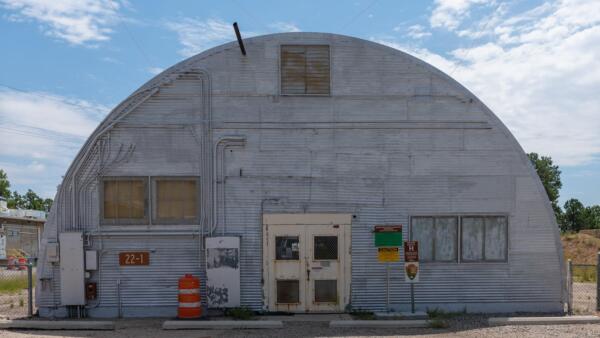
Quonset hut at Los Alamos National Laboratory from National Park Service.
Modern Day Quonset Huts
Today, similar structures are made by many contractors worldwide. And, despite the existence of other similar huts, the Quonset hut stands out for its distinctiveness. This iconic structure continues to embody versatility and practicality, seamlessly blending functionality with contemporary design. Below are a few examples of how Quonset huts are being used for various applications:
1. Community Centres
Quonset huts can be converted into community centres or meeting areas for a variety of activities and events. They can be transformed into thriving community centres by adding amenities such as seating, audiovisual equipment and recreational facilities.
2. Emergency Shelters
Quonset huts can be used as emergency shelters in disaster relief efforts or humanitarian aid missions. Its design enables for rapid deployment in response to natural disasters, providing temporary housing and shelter for displaced populations. Quonset huts offer basic amenities and protection, ensuring the safety and well-being of individuals affected by emergencies.
3. Educational Buildings
Quonset huts can be utilized as educational buildings such as libraries, classrooms, or administrative offices. Its cost-effectiveness and ease of assembly make them ideal for expanding school facilities or meeting temporary educational demands.
4. Garages
Quonset huts are ideal for use as a garage, offering ample space for storing vehicles like cars, trucks, RVs, and boats. Its spacious interior allows for many vehicles to be parked inside, and the curved shape provides additional height clearance for larger vehicles.
5. Farm Buildings
Quonset huts are ideal for use on barns, equipment sheds, and animal shelters. It offers protection and storage for farm machinery, feed, and supplies. The rugged design withstands harsh agricultural environments and protects farm assets from weather damage.
6. Sports Facilities
Quonset huts can be transformed into indoor sports facilities. Its large, open interior offers ample space for courts, playing fields, and training facilities.
7. Temporary Housing
Quonset huts can serve as temporary housing solutions for military deployment, emergency situations, and workforce accommodations. Its simple design allows for easy assembly and disassembly, making them ideal for rapid deployment in disaster relief efforts or temporary living quarters.
8. Retail Stores
Quonset huts can be converted into unique retail or event spaces. Its unique design and customizable interior make them ideal for art galleries, pop-up shops, farmers’ markets, and outdoor events.
9. Warehouses
Quonset huts make excellent warehouses because of their huge, open interior spaces. They can accommodate a wide range of goods and equipment, providing plenty of storage space.
10. Workshops
Quonset huts can serve as versatile workshops spaces for crafters, mechanics, and do-it-yourself enthusiasts. The open layout provides plenty of room for tools, supplies, machinery, and workbenches. Quonset huts can create a comfortable work environment that promotes creativity and productivity.


